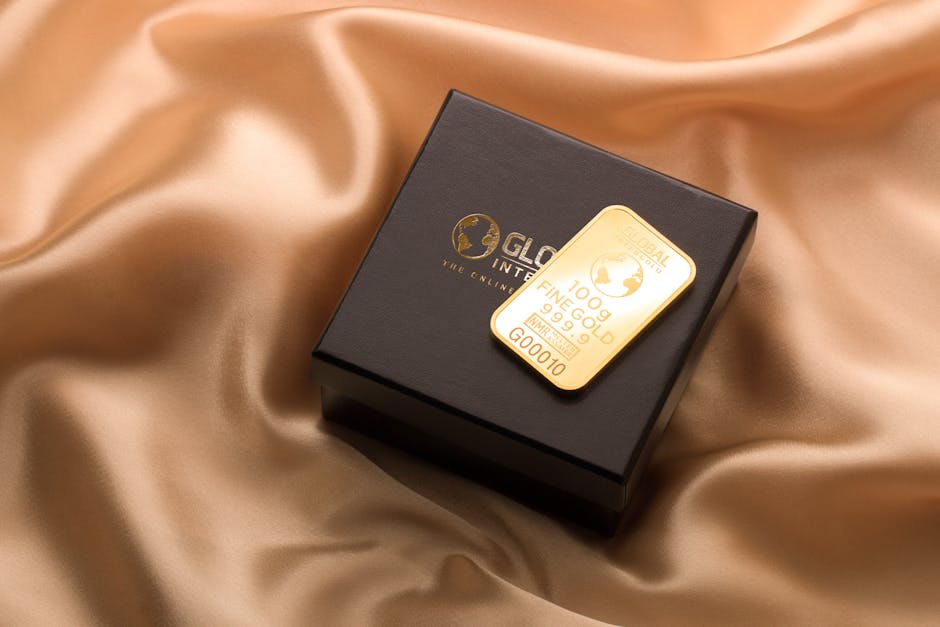Greenland’s Mineral Potential: A Sleeping Giant Awakens
Greenland, the world’s largest island, is experiencing a surge of interest, driven not by its breathtaking glaciers and icy landscapes, but by the vast untapped mineral wealth lying beneath its frozen surface. For years, this remote Arctic territory, a constituent country within the Kingdom of Denmark, remained relatively untouched by large-scale mining operations. However, climate change, coupled with rising global demand for critical minerals, has shifted the geopolitical landscape, placing Greenland squarely in the spotlight. This article delves into the complexities surrounding Greenland’s mineral deals, exploring the economic opportunities, environmental concerns, and the significant geopolitical ramifications.
The Allure of Rare Earth Elements and Other Minerals
Greenland possesses an abundance of strategically important minerals, including rare earth elements (REEs), crucial for the production of high-tech devices like smartphones, wind turbines, and electric vehicles. Other valuable resources include zinc, iron ore, uranium, and gold. The sheer scale of these deposits is significant, potentially making Greenland a major player in the global minerals market. This has attracted significant attention from international mining companies eager to secure access to these vital resources.
Rare Earth Elements: A Global Scramble
The global supply chain for REEs is currently dominated by China, raising concerns about geopolitical dependence and supply security. Greenland’s potential to diversify this supply chain has made it a highly attractive destination for foreign investment. The island’s REE deposits are particularly significant, potentially disrupting existing market dynamics and offering a more geographically diverse source of these critical materials.
Economic Opportunities and Challenges
The exploitation of Greenland’s mineral resources presents substantial economic opportunities for the island. Revenue generated from mining could significantly boost Greenland’s economy, improving infrastructure, creating jobs, and enhancing the overall standard of living. However, this potential is not without significant challenges.
Sustainable Development Concerns
Balancing economic development with environmental protection is a crucial consideration. Mining activities can have a detrimental impact on Greenland’s fragile ecosystem, including its unique flora and fauna. The potential for pollution, habitat destruction, and disruption of traditional ways of life necessitates careful planning and stringent environmental regulations. International best practices and robust environmental impact assessments are essential to minimize the negative consequences.
Infrastructure Development Needs
Greenland’s remote location and challenging terrain present logistical hurdles. Developing the necessary infrastructure, including roads, ports, and power grids, to support large-scale mining operations requires substantial investment. This adds to the overall cost and complexity of mineral extraction, potentially impacting the profitability of these ventures.
Geopolitical Implications: A New Arctic Powerhouse?
The growing interest in Greenland’s mineral resources has profound geopolitical implications. The island’s strategic location in the Arctic, close to major shipping routes and rich in natural resources, has drawn the attention of major global powers. This has led to increased competition for influence in the region, highlighting the potential for strategic rivalry.
The Role of China
China’s interest in Greenland’s mineral resources is particularly noteworthy. The country’s demand for REEs is immense, and securing access to Greenland’s deposits is a key strategic objective. This has sparked concerns in some Western countries, which view China’s growing influence in the Arctic with apprehension.
US and EU Engagement
The United States and the European Union have also intensified their engagement with Greenland, seeking to counterbalance China’s influence and secure access to critical minerals. This has led to increased diplomatic activity and economic cooperation initiatives aimed at supporting Greenland’s sustainable development and fostering closer ties.
Greenland’s Sovereignty and Self-Determination
Greenland’s pursuit of greater self-governance and eventual independence from Denmark adds another layer of complexity. The management of mineral resources is a central element in Greenland’s quest for economic autonomy. Balancing the desire for economic independence with the need to maintain positive relationships with key international partners is a delicate task.
Transparency and Accountability: Ensuring Responsible Mining
Ensuring transparency and accountability in Greenland’s mineral sector is crucial for safeguarding the island’s long-term interests and promoting sustainable development. Robust regulatory frameworks, transparent licensing processes, and independent oversight mechanisms are essential to prevent corruption and protect the environment.
Community Engagement and Benefit-Sharing
Meaningful engagement with local communities is paramount. Mining projects should prioritize the needs and concerns of local populations, ensuring that the benefits of resource extraction are fairly shared among all stakeholders. This requires collaborative approaches that prioritize local knowledge and traditional practices.
The Future of Greenland’s Mineral Industry
The future of Greenland’s mineral industry is inextricably linked to the island’s capacity to manage its resources responsibly and sustainably. Balancing economic development with environmental protection and geopolitical considerations will be a crucial challenge. Greenland’s success will depend on its ability to forge strategic partnerships, implement robust regulatory frameworks, and ensure that the benefits of resource extraction are shared equitably among its people.
Potential for Growth and Innovation
Despite the challenges, Greenland’s mineral potential presents significant opportunities for growth and innovation. The development of a sustainable and responsible mining sector could propel Greenland towards a prosperous future, driving economic diversification and improving the lives of its citizens. This will require significant investment in research and development, technological advancements, and skilled labor.
Global Partnerships and Collaboration
International collaboration is essential to support Greenland’s sustainable development efforts. Partnerships with other countries, international organizations, and private sector companies can help to provide the necessary financial and technical expertise to manage the complexities of resource extraction and environmental protection. This collaborative approach is crucial for ensuring a future where economic prosperity and environmental sustainability coexist.

